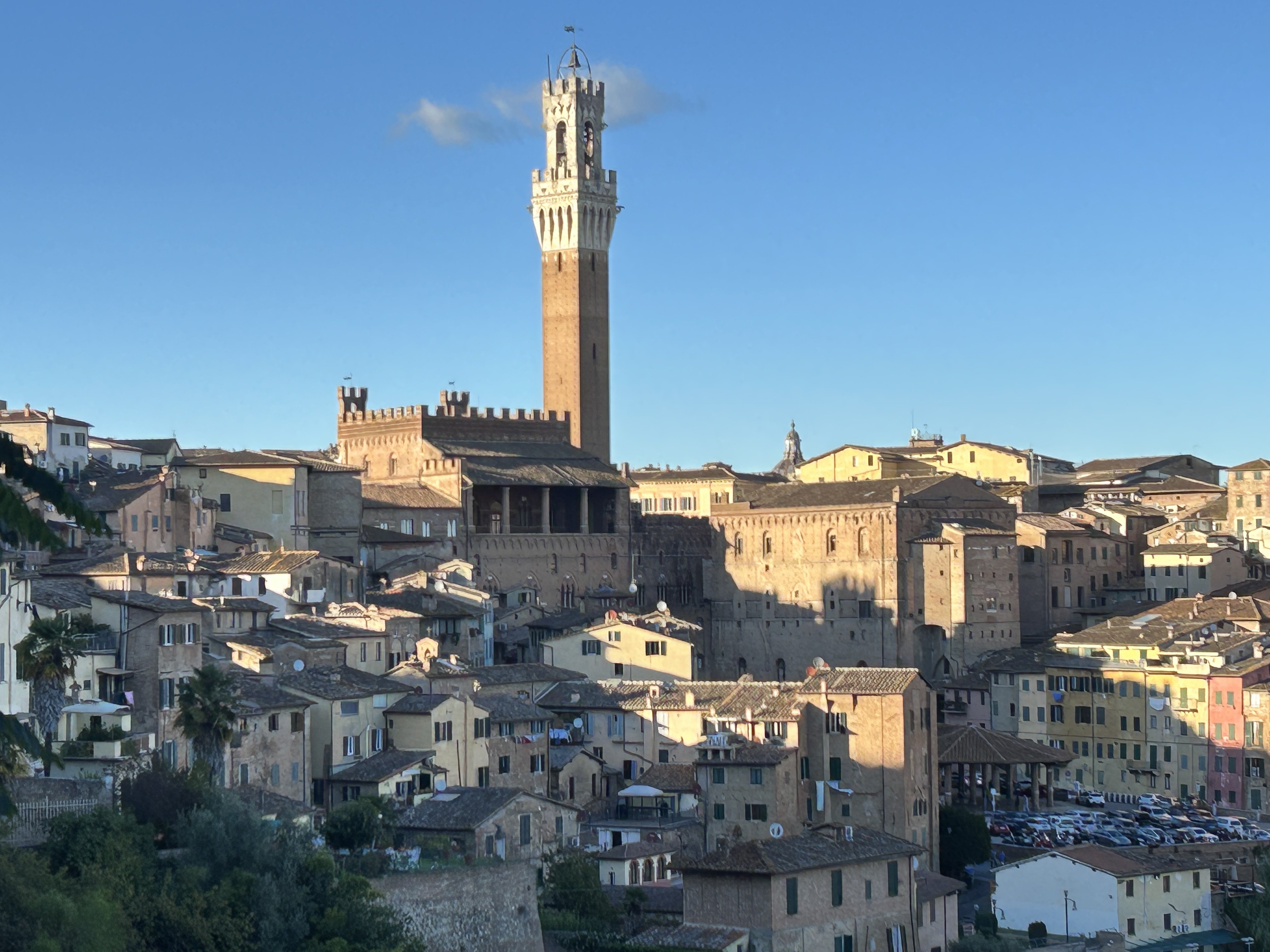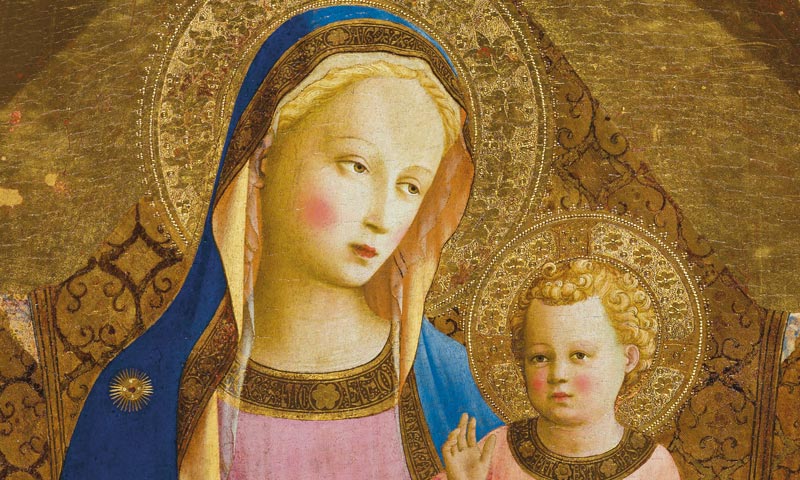Bolsena
Bolsena is 20 km away from Orvieto at 350 m above sea level. It is best known for its location on the crater lake of an extinct volcano. This makes it an important tourist attraction in the summer.
However: the slightly higher town itself is a “hidden gem”!
Bolsena emerged as the Roman colonia Volsinii Novi after the destruction of the ancient Etruscan city of Volsinii . You can still find remnants from this time there .
The center is dominated by the medieval Rocca Monaldeschi of the Cervara castle. From there you can stroll through the medieval streets.
The biggest surprise for us, however, was the Basilica di Santa Christina!
The facade already reveals a bit of its complexity: in fact, it contains 4 locations, each with its own story: the Basilica itself, the Chapel of the Miracle of Bolsena, the Grotto of Santa Christina, and the associated Catacombs.
Basilica
Inside the basilica you will find the chapel of the Santissimo Sacramento with a glazed terracotta tabernacle by Benedetto Buglioni , student of Andrea della Robbia . (The entire complex is also decorated by his works in other places! (see further)
the left is the chapel where the relics of St.Christina are kept. Above it is her wooden effigy from the 15th century .
Chapel of the Miracle of Bolsena
Bolsena became famous for a
miracle that is said to have occurred here in 1263. A priest doubted the change of bread and wine into the body and blood of Christ. During a mass in the church of Santa
Christina he saw -
miracle oh miracle! - the
host suddenly start bleeding.... As a faithful Catholic soldier he promptly called the greatest Church authority, Pope Urban, who -
miracle oh miracle! - was in nearby Orvieto at that moment. The pope saw 'bread' in it, and immediately had the cathedral of
Orvieto built, where -
miracle oh miracle! - the bloody cloth is kept as a relic.
The Catholic marketing machine was in full swing: in 1264 Corpus Christi was
introduced (on the second Thursday after
Pentecost ) . In many places in Italy this day is celebrated with flower carpets, the so-called Infiorata .
And now back to the 'crime scene': In the baroque chapel you will find on the main altar under the painting - miracle oh miracle! - the relic of the bloodstained stone...
And - miracle oh miracle! -: In the vestibule leading to the cave, the 8th century altar is preserved where the miracle took place in 1263.
In the nearby chapel of San Michele is a terracotta altarpiece, again by Buglioni, from 1496, depicting the Crucifixion and the miracle.
Cave of Santa Christina
And so we come seamlessly to the oldest and most sacred part….
First of all, who was Christina? She was an 11-year-old girl who converted to Christianity against the will of her father, a Roman magistrate. This was forbidden by Emperor Diocletian. As a loyal servant of Rome, dad had no choice but to sentence his own daughter to death.
But… - miracle oh miracle! - Christina managed to survive all the horrible tortures: She was boiled alive but came out of the boiling water unharmed. She was thrown into a snake pit but the creatures would not bite. She was set on fire but the flames went out spontaneously. She even had her breasts cut off…..(see images in terracotta below)
At one point she was also thrown into Lake Bolsena with a heavy stone at her feet , but it remained floating - miracle oh miracle! -!
Her image with the stone can be found on several frescoes in the basilica:
That famous stone, with - miracle oh miracle! - the clearly visible footprints of Christina, is still preserved and is on display in the Basilica.
When Christina was pierced with arrows, the girl finally gave up the ghost:
This arrow can also be found on the mausoleum of (again) Baglioni in the Grotto:
Beneath this tomb is the 4th century sarcophagus that contained the relics of the saint:
With all these different tortures it is understandable that Christina became the patron saint of archers, millers and sailors (and the city saint of Bolsena).
The catacombs
In the space of the sarcophagus we enter through a door into the catacombs that were only discovered in the last century. It is an underground cemetery of the first Christians of Bolsena, used from the 3rd to the 5th century. The oldest graves are those at the top. They dug deeper as more space was needed for new graves.
Finally, the day ends with the last miracle: the setting sun on the lake….
























